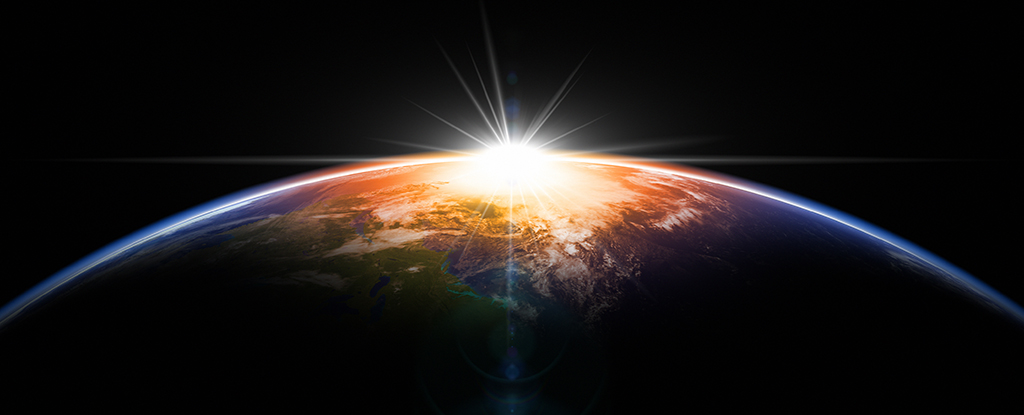It’s no secret that when it comes to the climate crisis, time is of the essence.
Melting polar ice sheets are slowing the Earth’s rotation and increasing the length of daylight at an “unprecedented” rate, according to a study published on Monday.
This paper is Proceedings of the National Academy of SciencesStudy co-author Surendra Adhikari of NASA’s Jet Propulsion Laboratory told AFP that the results show that water flowing in from Greenland and Antarctica is adding mass to the equatorial atmosphere.
“It’s like when a figure skater does a pirouette, they first keep their arms close to their body and then extend them,” added co-author Benedikt Soya of ETH Zurich.
“The rotation, which starts out fast, slows down as the mass moves away from the axis of rotation and its physical inertia increases.”
Although the Earth is generally thought of as a sphere, it is more accurate to describe it as an “oblate spheroid” that bulges slightly around the equator, shaped like a sweet potato.
Furthermore, the Earth’s shape is constantly changing, from the daily tidal influences that affect the oceans and crust, to the long-term effects of shifting tectonic plates, to sudden, violent upheavals caused by earthquakes and volcanoes.
The paper relies on observational techniques such as Very Long Baseline Interferometry, which allows scientists to measure the difference in the time it takes for radio signals from space to reach different points on Earth and use that to infer changes in the Earth’s orientation and the length of day.
They also used the Global Positioning System, which measures the Earth’s rotation with incredible precision, to within one-hundredth of a millisecond, and looked at ancient records of eclipses going back thousands of years.
Impact on space travel
If the Earth’s rotation slows, the length of a day will increase by a few milliseconds from the standard 86,400 seconds.
Currently, the more significant cause of the slowdown is MoonThis pulls on the oceans in a process called “tidal friction,” causing a gradual slowing of 2.40 milliseconds per century over millions of years.
But new research comes to the startling conclusion that if humanity continues to emit greenhouse gases at high rates, the effects of climate warming will surpass the gravitational pull of the moon by the end of the 21st century, Adhikari said.
From 1900 to today, climate effects have made the day about 0.8 milliseconds longer, and in a worst-case scenario with high emissions, climate alone is projected to make the day 2.2 milliseconds longer by 2100, compared to the same baseline.
That may not sound like a big deal, and it’s certainly not something that humans can perceive.
But “it certainly has a lot of implications for space and Earth navigation,” Adhikari said.
Knowing Earth’s exact direction at all times is crucial when trying to communicate with spacecraft like the Voyager probes far outside the solar system, and an error of just a centimetre could result in a flight of several kilometres before reaching its destination.


